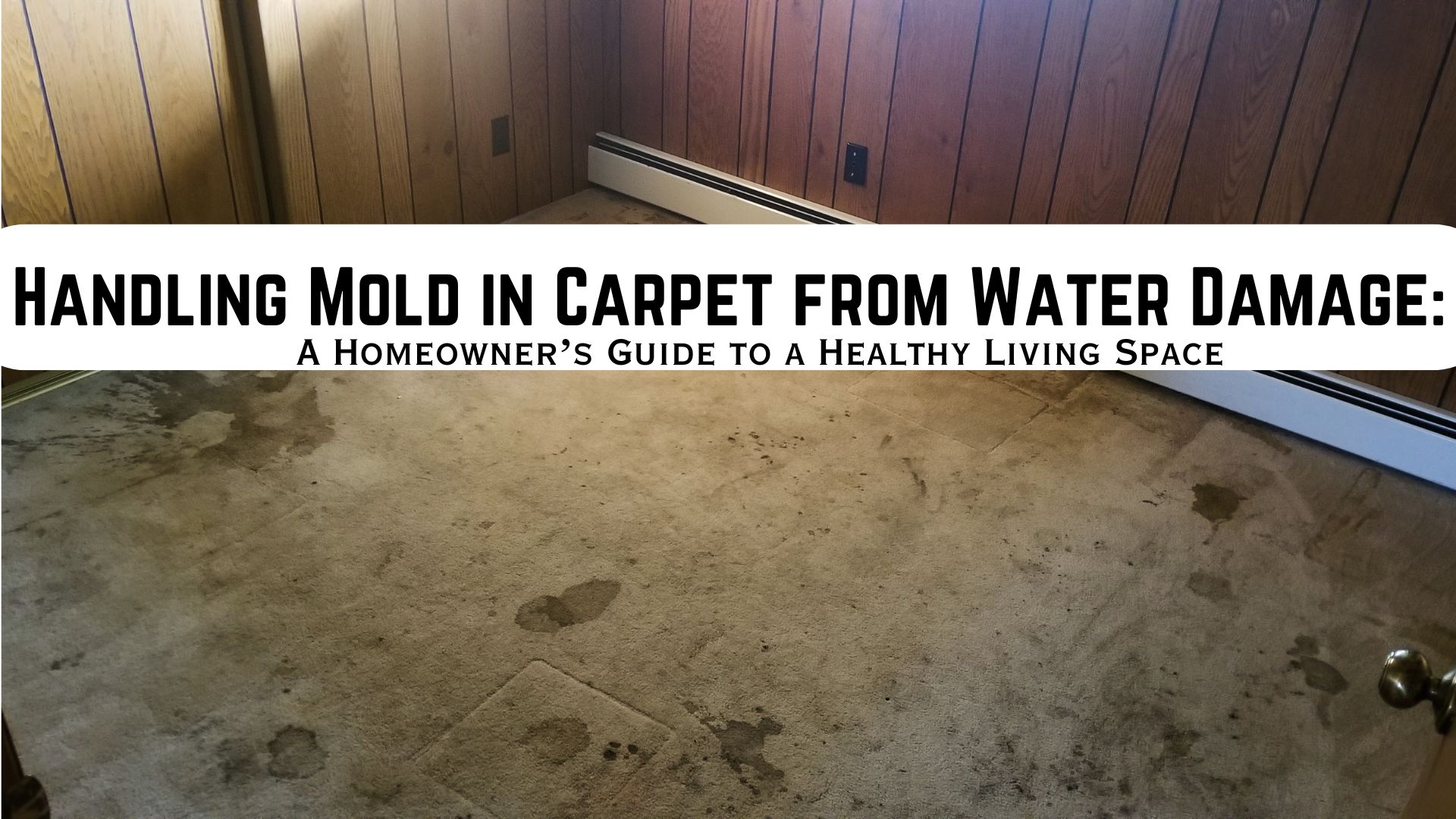
A common household woe that many of us encounter is the uninvited guest known as “toilet mold.” This unwelcome visitor often pops up in our bathrooms, turning a pristine porcelain throne into a breeding ground for unsightly fungi. In this comprehensive guide, we’ll delve into the world of toilet mold, exploring its causes, prevention methods, and effective removal techniques. Let’s flush out all your concerns regarding this pesky issue.
Understanding Toilet Mold and Its Varieties
Toilet mold, a type of fungus, primarily thrives in damp and dark environments. It often starts as tiny mold spores that are carried through the air and eventually find their way into your bathroom. Once settled, these spores can cause a mold problem that can range from mild discoloration to more concerning black mold growth. Different types of mold may be encountered in your bathroom, but the most common one is black mold, which thrives in moist conditions and can be especially persistent.
The Ideal Breeding Ground: Factors Contributing to Mold Growth
Toilet mold growth can be triggered by various factors. Stagnant water in the toilet bowl or tank, especially when left for extended periods, creates a welcoming environment for mold to flourish. Mold also loves to set up shop on toilet brushes, which can retain moisture and encourage mold to multiply. Poor ventilation in bathrooms, such as the absence of exhaust fans, can trap humid air, further aiding mold growth. To prevent mold from growing in your toilet, it’s crucial to understand these contributing factors.
Prevent Mold: The First Line of Defense
Preventing toilet mold is undoubtedly the most effective way to tackle this issue. Check the following key steps you can take:
- Regular Cleaning: One of the most important preventive measures is to clean your toilet regularly. Use a scrub brush to remove any visible mold spots, and don’t forget to clean the toilet brush itself.
- Flush the Toilet: After using the toilet, always remember to flush promptly. Leaving waste sitting in stagnant water can create an ideal breeding ground for mold spores.
- Sprinkle Baking Soda: Baking soda is an excellent natural mold deterrent. Sprinkle it inside the bowl, let it sit for a few minutes, and then scrub to prevent mold from taking hold.
- Ventilation: Install exhaust fans in your bathroom to improve air circulation. Adequate ventilation can help keep the environment less conducive to mold growth.
Removing Mold from Your Toilet: A Step-by-Step Guide
If you’ve already noticed mold growing in your toilet, it’s crucial to act promptly to prevent it from spreading. Here’s how to effectively remove toilet mold:
- Turn off the Water: Before you start, turn off the water supply to your toilet to prevent any splashes or spills during the cleaning process.
- Scrub and Clean: Using a scrub brush, scrub away the mold. You can use a mixture of water and an antifungal spray for added effectiveness.
- Rinse and Flush: After the mold is removed, thoroughly rinse the affected area. Then, turn the water back on and flush the toilet to ensure it’s fully clean.
- Preventive Measures: After successful removal, apply preventive measures like sprinkling baking soda to discourage further mold growth.
Additional Information Regarding Toilet Mold
Type of Mold: While black mold is the most common type found in toilets due to its love for moisture, other molds like green, yellow, or pink molds can also be present. Identifying the specific type of mold can be challenging without professional testing. However, the removal and prevention methods generally apply to various mold types.
Health Risks: Mold in your toilet can pose health risks, especially if it’s black mold. Mold spores, when inhaled or come into contact with your skin, can cause allergic reactions, respiratory issues, and skin irritations. People with compromised immune systems or respiratory conditions may be more susceptible to the adverse effects of mold exposure.
Preventing Mold in the Tank: While we often focus on the bowl, don’t forget about the toilet tank. Over time, mold can accumulate in the tank, especially if it’s not cleaned regularly. Consider adding tank tablets or using a tank cleaner to prevent mold growth in this less visible but equally important part of your toilet.
Mold-Resistant Products: Some manufacturers produce toilet seats and components that are treated with mold-resistant coatings. Investing in these products can be a proactive step in preventing mold growth. Additionally, mold-resistant bathroom paints are available for mold walls and ceilings.
Humidity Control: Besides using exhaust fans, you can also control humidity in your bathroom by leaving the bathroom door open after showers, or by using a dehumidifier. Lowering humidity levels can make the bathroom environment less favorable for mold.
Regular Inspections: Make it a habit to inspect your toilet and bathroom for any signs of mold. Early detection can prevent mold from spreading and make the removal process easier.
Superior Restoration Will Keep Your Toilet Mold-Free

Toilet mold is an unsightly and potentially harmful problem that can affect any household. Understanding the causes, prevention methods, and effective removal techniques is essential in maintaining a mold-free bathroom. Regular cleaning, good ventilation, prompt action in the presence of mold, and hiring a mold remediation professional are key to a mold-free toilet.
By following these steps, you can ensure that your bathroom remains a clean and healthy space, free from the grip of toilet mold and its persistent presence. Please call our local office for water and mold damage restoration services, Water Damage Temecula.



